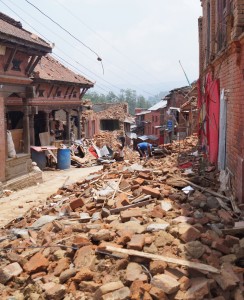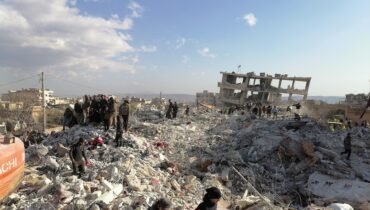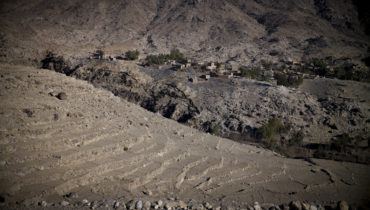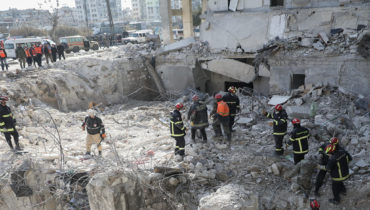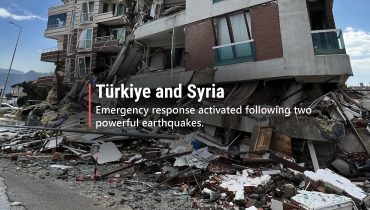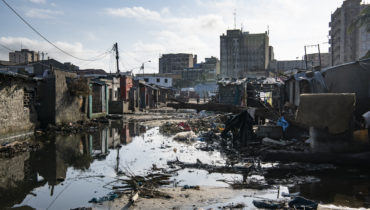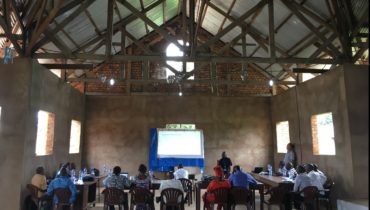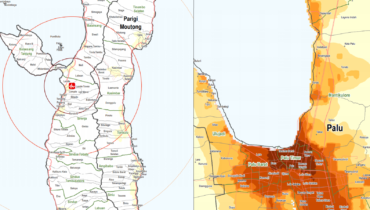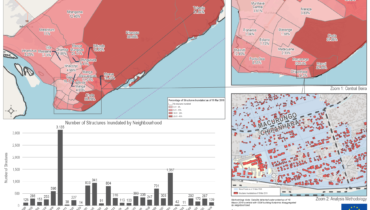Vulnerability assessment helps to inform Shelter Cluster’s recovery strategy after the Nepal earthquakes
14 August 2015
The devastating earthquakes which struck Nepal on 25 April and 12 May affected the lives of 8 million people i.e. almost one-third of the country’s population. In the direct aftermath of the first earthquake, REACH was deployed to Nepal in partnership with the Global Shelter Cluster to coordinate an inter-agency assessment which would enable the shelter cluster to define a comprehensive shelter and settlements recovery strategy, and to verify assumptions about the delivery of assistance. Primary data was collected between 16th May and 3rd June 2015 across all 14 priority affected districts identified by the Government of Nepal.
The findings reveal widespread destruction of housing and livelihoods, with particularly high levels of housing damage in rural districts outside the Kathmandu Valley. 55% households in the accessible areas of the assessed districts reported that their homes had been heavily damaged or totally destroyed. Across the priority districts, the earthquakes had also resulted in the displacement of 79% households from their pre-crisis homes, most living nearby in makeshift shelters due to damage and the fear of aftershocks. Both the earthquakes combined destroyed 500,000 houses and hundreds of historical and cultural monuments and severely affected the water, sanitation and health facilities of affected populations. For example, in the districts of Sindhupalchok, Dolakha and Gorkha, 30% households reported having no access to health services due to the destruction of facilities.
Findings also indicate that strategic directions set out by the Shelter Cluster during the emergency relief phase were matched by the reality on the ground with a majority (59%) of displaced households reporting to have received immediate, life-saving shelter assistance in the aftermath of the earthquakes. In terms of priority needs, Corrugated Galvanised Iron (CGI) roofing and sleeping mats were reported as the priority shelter and Non Food Item (NFI) needs respectively by majority of the respondents.
As well as providing information about life-saving needs, the assessment also aimed to establish a baseline for a longitudinal study of recovery. REACH will continue to work within the Shelter Cluster framework to monitor change in needs against this baseline and to inform the development of the cluster’s recovery strategy.
Read the full report here.
Also available: Valley assessments for Dolakha, Gorkha, Langtang and Sindhupalchok.
Image: Widespread damage caused by the earthquakes in Nepal

